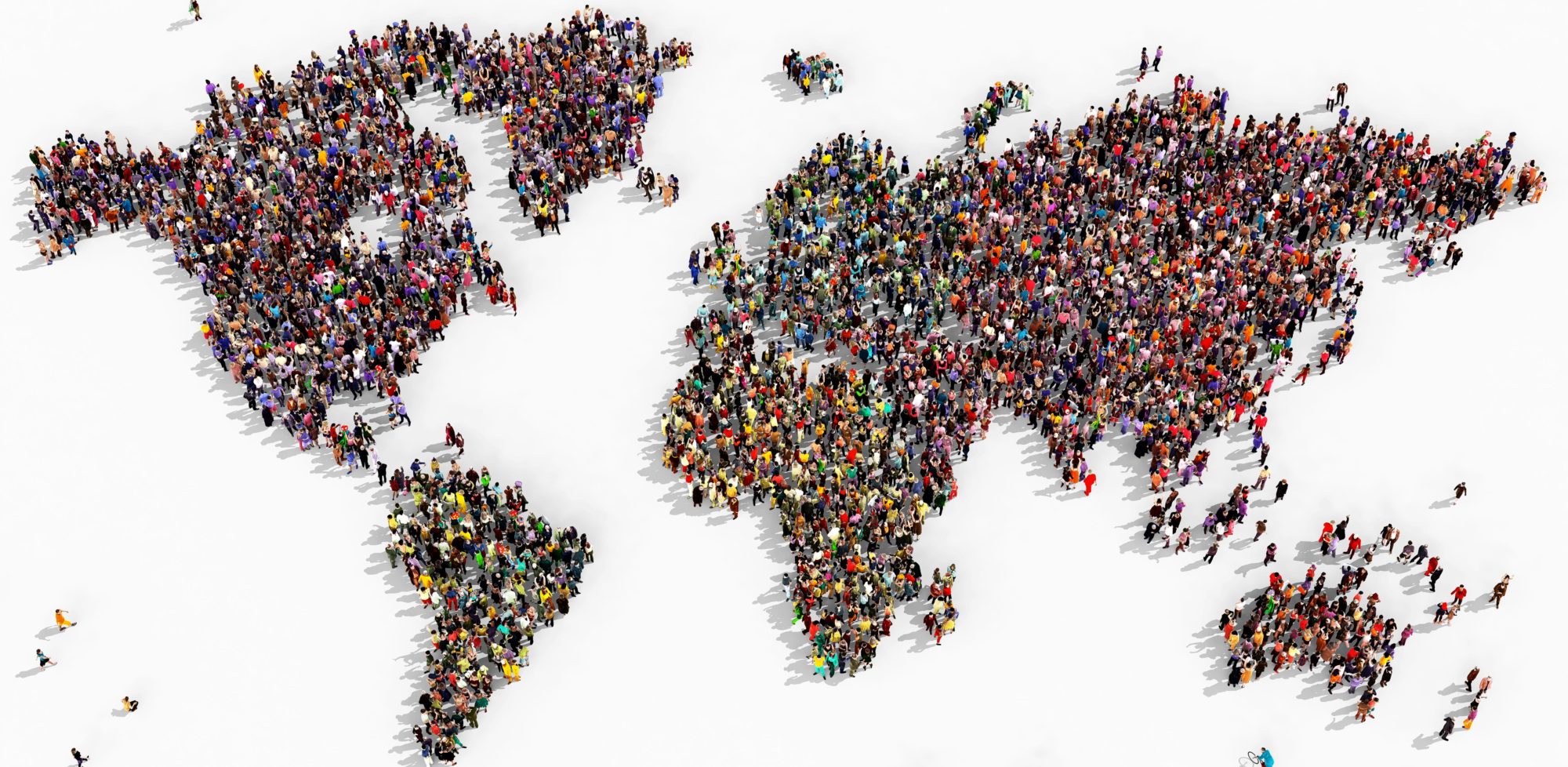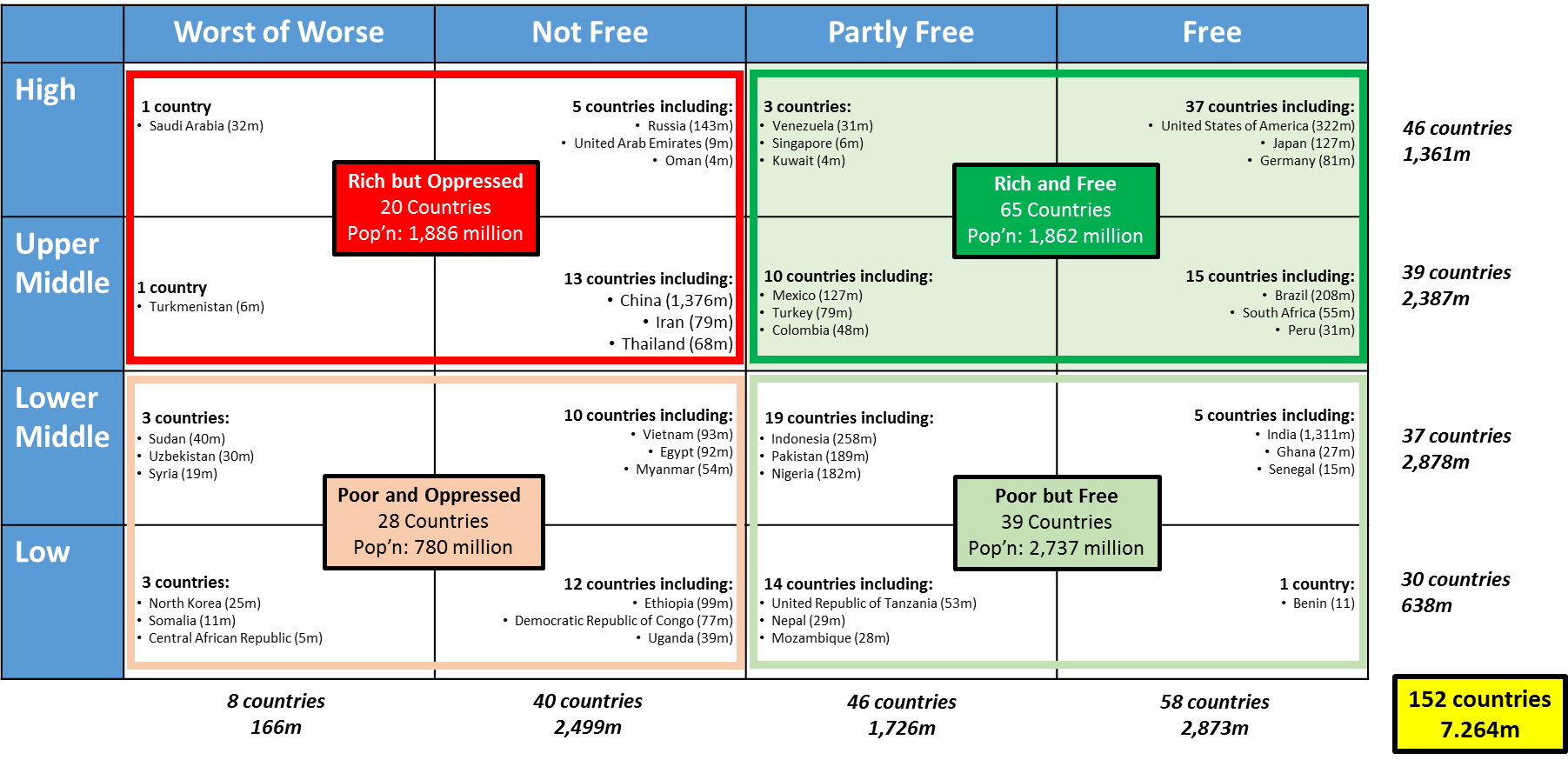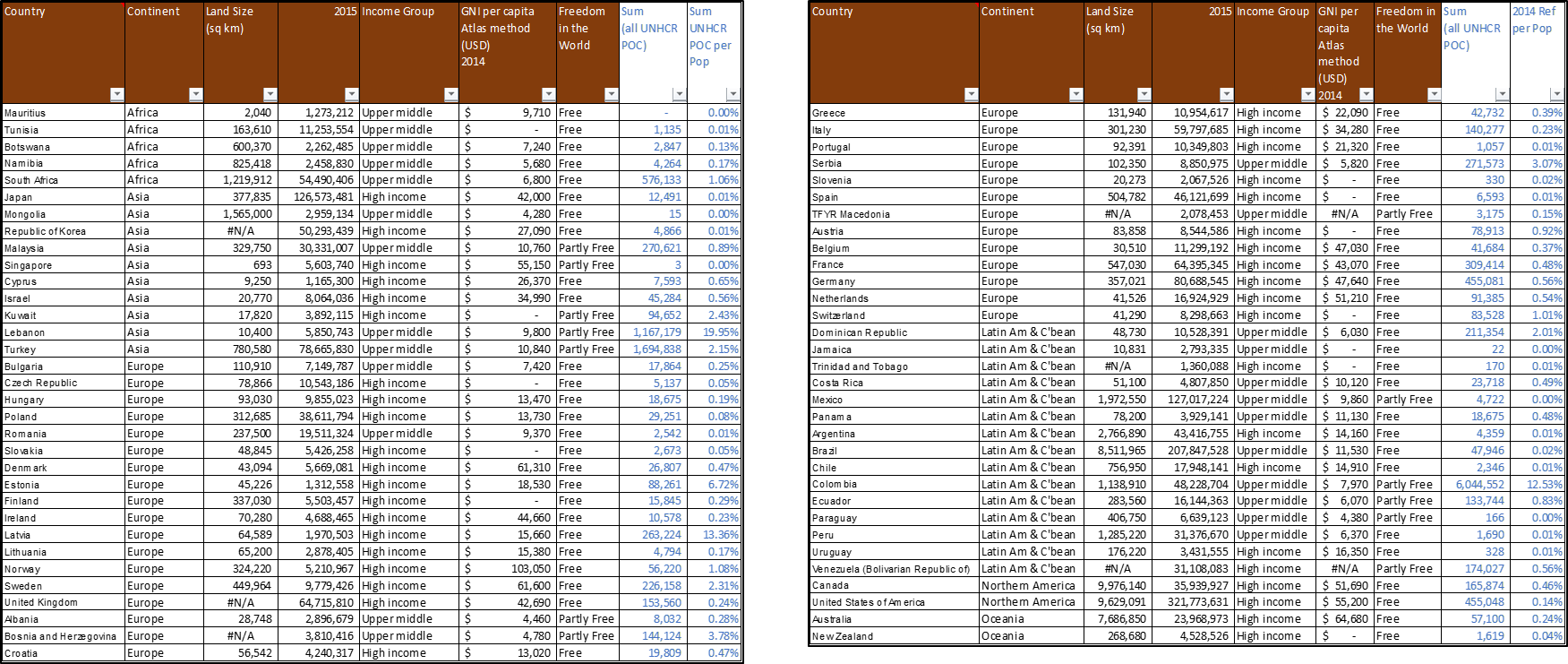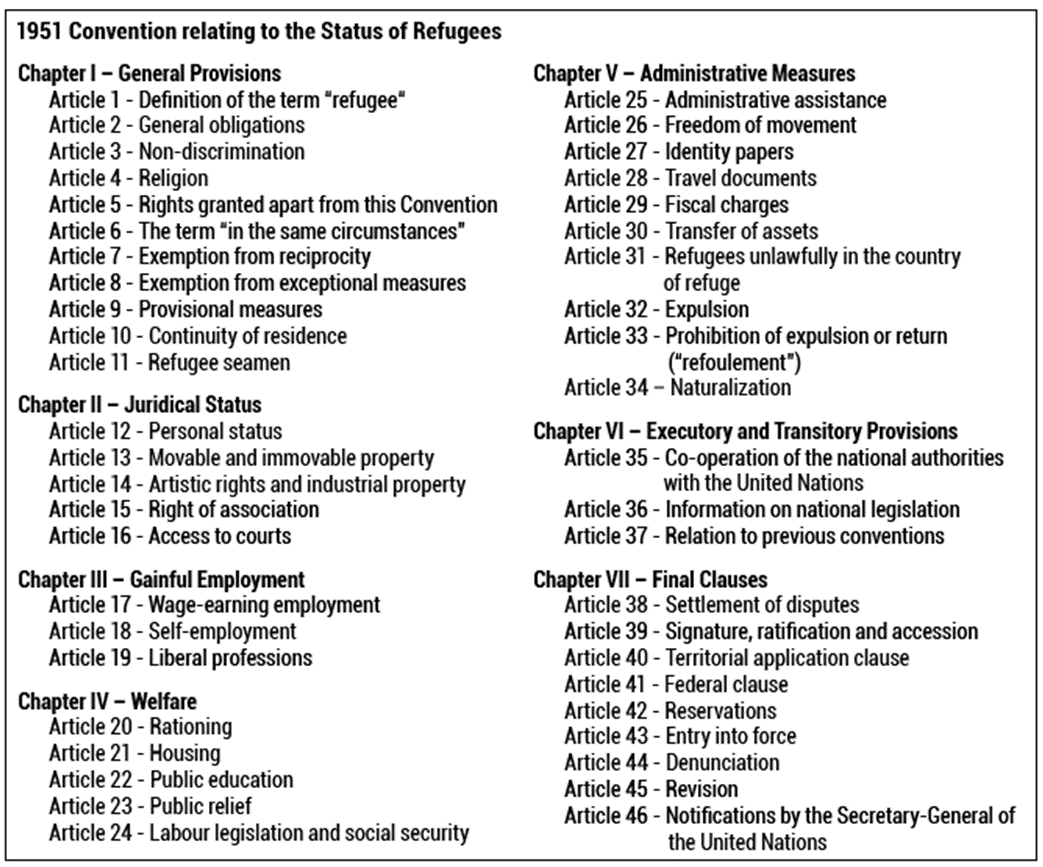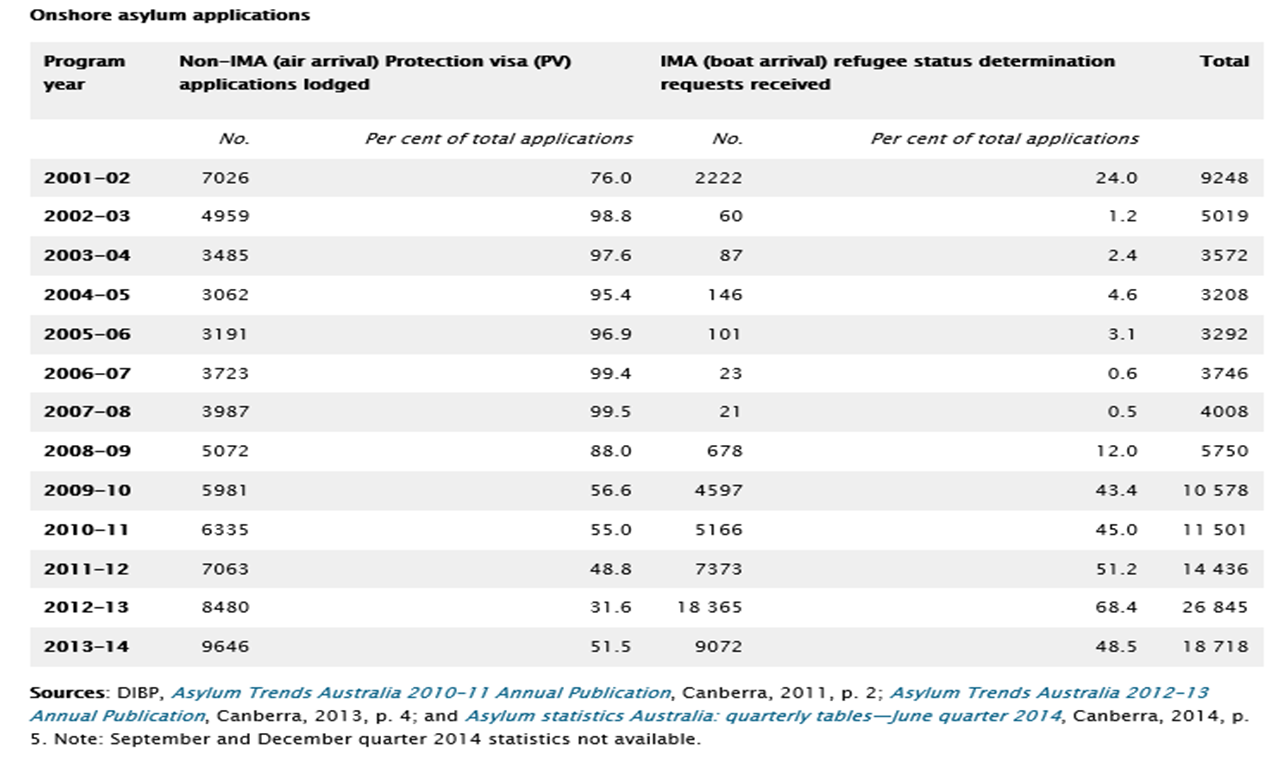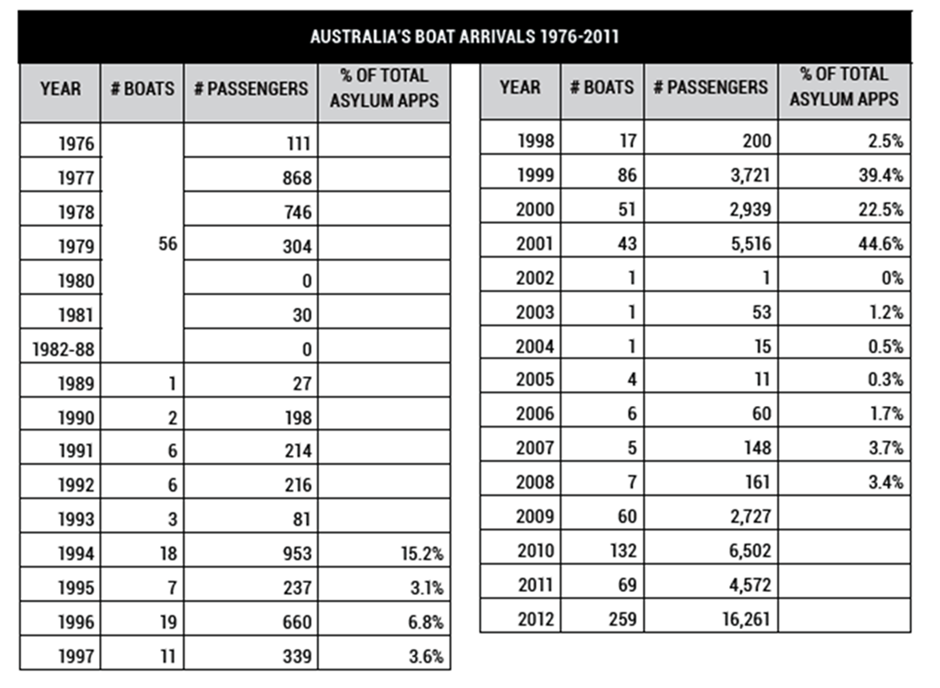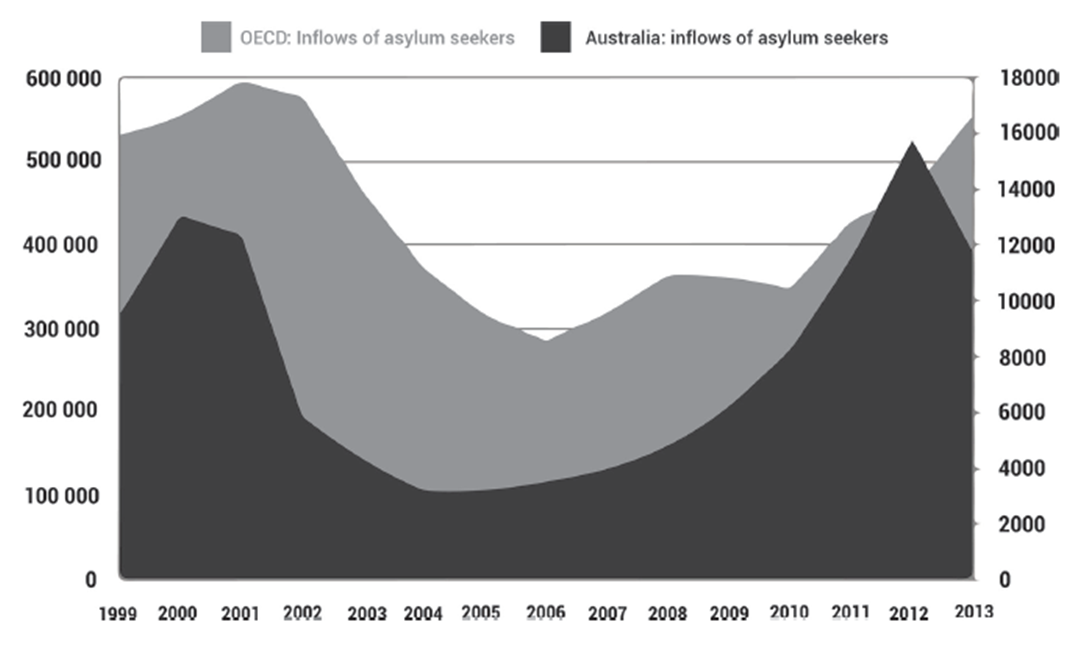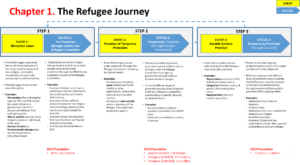Welcome to the blog for The Mess We’re In – Managing the Refugee Crisis which each week provides a section from the book. One Chapter a week. This week is from Chapter 7 which details the Durable Solutions for refugees, sizes the scale of the problem, outlines the differences between cultural assimilation and multiculturalism and provides an overview of the current day friction between Islam and western societies.
Cultural Assimilation Vs Multiculturalism
Countries with high numbers of immigrants now have a growing diversity of ethnicities and cultures1. In many cases, settlers are from numerous source populations and cultures. The differences in culture can be broad and multi-faceted. Examples of differences include:
- Type of society (e.g. agrarian-rural vs urban-industrial)
- Traditions
- Religions
- Political institutions
- Language
- Cultural practises
- Appearance (including dress)
One increasingly important question is how immigrants and their descendants can become incorporated into host nations. This question has become more important in the 21st century with a number of ‘home grown’ attacks committed by immigrants or descendants of immigrants. Examples include the 2005 London bombings, the 2013 Boston Marathon bombings and the 2015 Paris shootings. The approach options for the incorporation of migrants and migrant cultures into the host nation can be summarised along a spectrum running from Cultural Assimilation, through Integration and all the way to Multiculturalism.
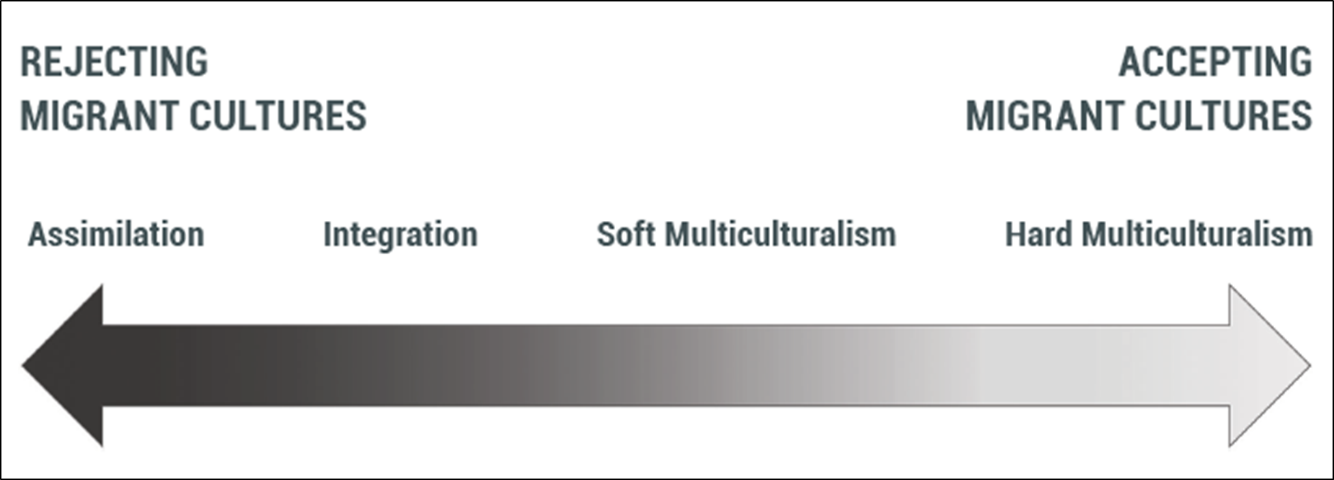
Cultural Assimilation
Cultural Assimilation describes the process where immigrant cultures come to resemble those of the host group. It is a one-sided process of adaptation that may be gradual or fast. Ultimately the new members of the society give up their distinctive language, culture and social characteristics to become indistinguishable from the host group. The metaphor of a melting pot is often used to describe Cultural Assimilation whereby different elements melt together to create a harmonious and common culture.
Integration
Integration describes a slower and gentler process of assimilation. Some aspects of the immigrant cultures remain and some formations of immigrant communities are accepted as part of the gradual process of assimilation. There may also be some degree of adjustment from the host society.
Multiculturalism
Multiculturalism describes the existence, acceptance or promotion of multiple cultural traditions within a single jurisdiction. These cultural traditions are usually associated with the cultures of ethnic groups. It is often described with the analogy of a salad bowl. Individual groups maintain their distinctive characteristics and together these many groups form a society much like the many ingredients that make up a salad. Multiculturalism can occur when jurisdictions amalgamate two or more different cultures (e.g. French and English Canada) or when immigration from different areas arrive at one jurisdiction (e.g. USA, Brazil or Australia).
This meaning describes the demographic fact that inhabitants come from many different ethnic backgrounds. A second meaning refers to policies around ethnic and cultural diversity. Australian historian John Hirst has described potential policies across a spectrum bookended by soft and hard multiculturalism2. Hard multiculturalism values immigrant cultures for their own sake, and so promotes affirmative action, quotas, ethnic separatism, and even separate laws. Soft multiculturalism approaches cultural assimilation as it promotes tolerance of cultural and ethnic diversity and makes newcomers welcome while easing the path to integration.
Those in favour of hard multicultural policies argue that they avoid the inequality that inadvertently comes when applying the law universally without regard to background circumstance including cultural differences. The argument proposes that equality oppresses minorities as it is based on individual rather than group rights and that only differentiated citizenship can remedy the injustice of individual equality3.
Supporters of soft multiculturalism or cultural assimilation argue that hard multiculturalism promotes groups and diversity at the expense of individual rights and social cohesion. This relates back to the concept of mutual regard. With the creation of separate and distinct groups within a society the level of solidarity and cooperation between peoples is potentially reduced.
It is argued that you cannot have equality and multiculturalism, for multiculturalism dictates that you put a group’s welfare and preservation of its culture above the rights of the individuals within the group4. The liberal state should be neutral on how best to live, and such matters should be left to citizens to decide for themselves. The state should be ‘difference blind’ and recognise individuals only in terms of their common citizenship5.
History of Assimilation vs Multiculturalism
The United States, Canada and Australia accepted a high proportion of immigrants up to and shortly after World War II. Their approach was to accommodate new migrants into society through assimilation. Effectively these countries were a melting pot that melded all to a homogeneous culture. Differing cultural habits were accepted as a partial phase on the way to full assimilation. This approach was often reinforced by the selection process. For example Australia had the White Australia policy, while Canada and the United States also had policies to keep out non-Europeans.
During the 1970s multicultural policies gathered momentum. They originated in Canada and were taken up elsewhere including in Australia, the Netherlands and Sweden. Governments moved away from cultural assimilation and towards granting minorities cultural and political rights. This continued in the main until the attacks on September 11, 2001. Since these and subsequent ‘home grown’ attacks, debates regarding whether multiculturalism actually works have increased. In 2010, German Chancellor Angela Merkel announced that multiculturalism had utterly failed and that the new arrivals to Germany had to do more to integrate. In 2013, a task force chaired by British Prime Minister David Cameron said the policy of treating different cultures as separate and distinct had been a mistake6. National security concerns held by Western governments have reduced their focus on celebrating and maintaining diversity and increased their insistence for integration based on ideas of social cohesion and national values7.
One-way Multiculturalism
While multiculturalism thrived in the West, it was not adopted universally. One way Multiculturalism describes the existence of tolerant, multicultural societies in the high immigrant Developed World, while the high-emigrant Developing World maintains intolerant (and ethnically less diverse) societies.
In countries new to immigration, such as the oil-rich gulf states, Japan and South Korea, immigrants are seen as temporary visitors who should not be integrated at all8. Parts of the Muslim world like Iran and Saudi Arabia are increasingly intolerant of other cultures. For example, the practice of non-Muslim religions is prohibited in Saudi Arabia9. Commentators like the late Christopher Hitchens have demanded the West insist on reciprocity at all times. As an example, he suggested banning any Saudi-sponsored propaganda within the US until Saudi Arabia also permits Jewish, Christian and secular practises10.
Because of this one-way multiculturalism one of the common criticisms made of multiculturalism is that with the large numbers of immigrants, the liberal democracies of the West are erroneously expecting people arriving from intolerant and singular cultures to easily assimilate with a secular environment.
Key Values in Western Culture
Multicultural policies usually include expectations to conform with certain key values11. These include the rule of law, secularism, freedom of speech and religion, equality of sexes, and minority rights. Although these expectations may be established, the implementation and enforcement of them is not guaranteed.
End Notes:
- Stephen Castles, Hein De Haas and Mark J. Miller, The Age of Migration, Fifth Edition, (London: The Guilford Press, 2014), 3.
- Katherine Betts, “Population and Multiculturalism: Immigration, integration and crime,” on The Greens: Policies, Reality and Consequence, A. McIntyre (Ballan, Connor Court, 2011), 110.
- Katharine Betts, “Multicultural muddles,” review of Transforming a ‘White Australia’: Issues of Racism and Immigration by L. Jayasuriya, Australian Universities’ Review vol.54, no. 2, 2012.
- Bruce Bawer, The New Quislings (New York: HarperCollins, 2012), 73 of 81, EPUB.
- Geoffrey Brahm Levy, “Nothing ‘hard’ about Australian multiculturalism,” abc.net.au February 24, 2014, accessed July 23, 2016 <www.abc.net.au/religion/articles/2014/02/24/3950661.htm>
- James Slack, “Mistake of multiculturalism aided extremists says PM,” Daily Mail Australia, December 5, 2013.
- Stephen Castles, Hein De Haas and Mark J. Miller, The Age of Migration, Fifth Edition, (London: The Guilford Press, 2014), 270.
- Ibid 265.
- “International Religious Freedom Report 2008: Saudi Arabia,” U.S. Department of State, accessed July 23, 2016 <m.state.gov/md108492.htm>
- Christopher Hitchens, ”Facing the Islamist Menace,” review of America Alone: The End of the World As We Know It, by Mark Steyn. City Journal, Winter 2007.
- Stephen Castles, Hein De Haas and Mark J. Miller, The Age of Migration, Fifth Edition, (London: The Guilford Press, 2014), 270.
This was taken from the 2017 book, The Mess We’re In – Managing the Refugee Crisis. It can be purchased at any book store in Australia and online, including via this link.
